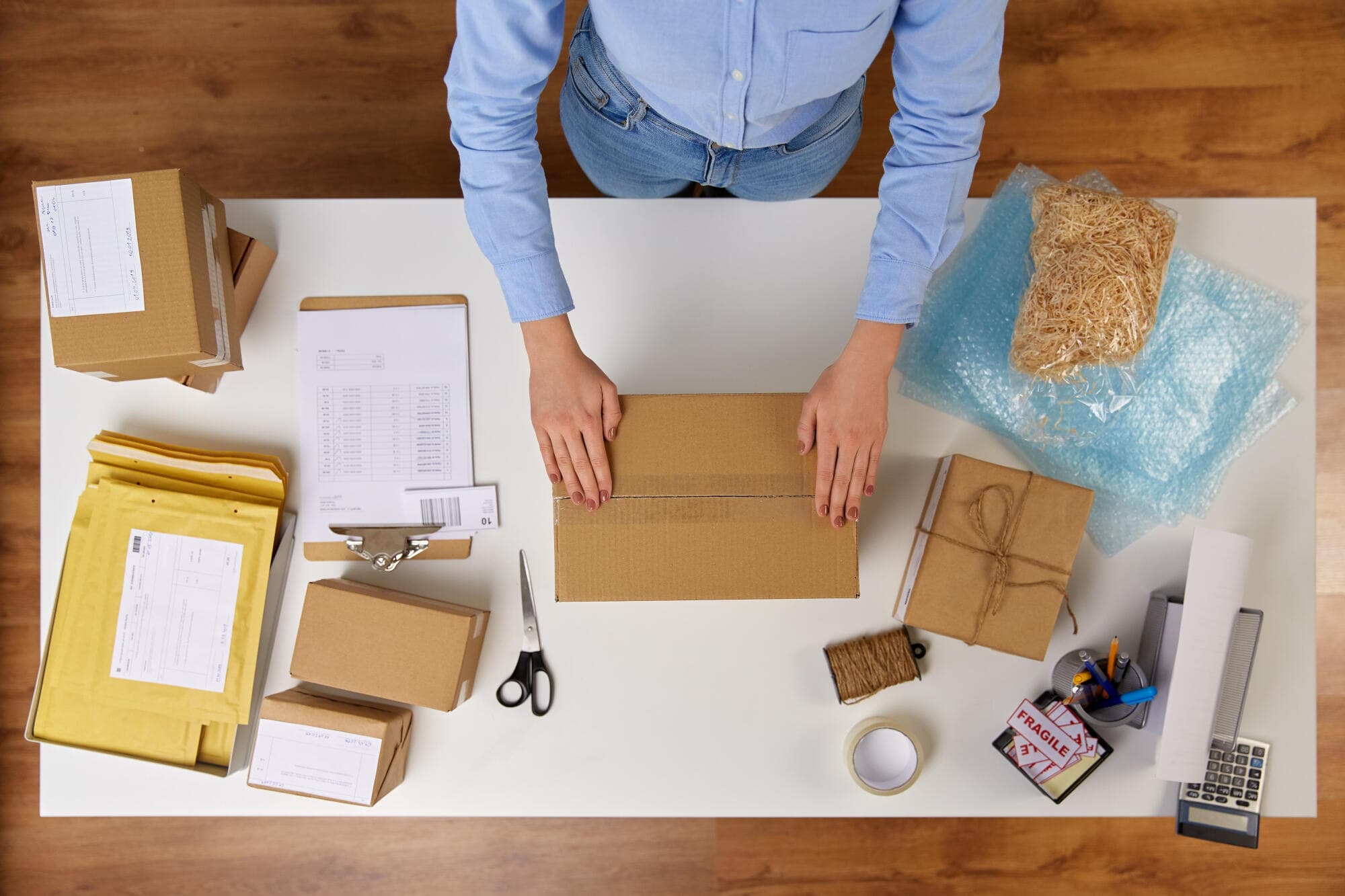Are you optimizing your product packaging for shipping? According to research, 75% of consumers want brands to reduce the amount of packaging they use.
In today’s logistics market, ensuring your products arrive at their destination in perfect condition is essential. It doesn’t matter whether you’re a small business owner or a large-scale distributor.
How you package your goods can significantly impact customer satisfaction and your bottom line. After all, choosing the proper protective packaging can avoid common pitfalls leading to damaged shipments.
If you want to up your product packaging game, keep reading. Here are some do’s and don’ts you should follow.
Do: Choose The Right Box Size
Selecting the appropriate box size is crucial for protective packaging. A box that’s too large can result in items shifting during transit. This increases the risk of damage.
On the other hand, a too-small box may not provide sufficient space for adequate cushioning. For this reason, choosing a box that allows for the necessary protective materials while snugly fitting the product is essential.
Don’t: Under Protect
Underestimating the amount of shipping protection needed can lead to damaged goods. As such, it’s essential to use an adequate amount of cushioning inside the box, such as:
- Bubble wrap
- Packing peanuts
- Air pillows
Overlooking this step is unwise. Doing so during shipping can make your products susceptible to:
- Impact
- Compression
- Vibration
If a product gets damaged in transit, it can affect customer satisfaction. This can result in customers leaving negative reviews.
Do: Consider the Unboxing Process
Incorporating the unboxing experience into protective packaging can enhance the customer experience. This can help change their perception of your product and brand. For instance, utilizing the following can elevate the presentation:
- Custom inserts
- Branded tissue paper
- Thank you notes
Don’t: Use Subpar Protective Packaging Materials
Low-quality packaging materials can compromise item protection during shipping. For example, the following can lead to damage and customer dissatisfaction:
- Opting for flimsy boxes
- Inadequate cushioning
- Weak shipping box tape
For this reason, investing in high-quality shipping box padding materials is essential. Careful packaging ensures package integrity during shipping.
Do: Check Local Packing Regulations
Different states may have specific packaging regulations that need to be adhered to. It’s crucial to research and comply with local packing guidelines.
This way, you can avoid any potential issues during transit. This includes:
- Weight limits
- Restricted items
- Labeling requirements
If you’re shipping food items, additional regulations will come into play. Local food packaging regulations aim to maintain the safety and quality of perishable goods during transit.
These regulations may include specific requirements for packaging materials, temperature control, and labeling. Complying with these guidelines is essential to ensure the integrity and safety of your food products.
Up Your Protective Packaging Game
Protective packaging is a vital aspect of the shipping process that should not be overlooked. By following these dos and don’ts, your business can ensure its products are well-protected, presentable, and compliant with relevant regulations. This ultimately can lead to improved customer satisfaction and reduced shipping-related issues.
Do you need protective packaging for your business? Come to Packaging Fulfillment Co. for everything in our one-stop shop warehouse! We have over 28 years of experience providing packaging solutions to manufacturers and distributors in Tennessee.









